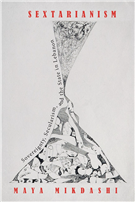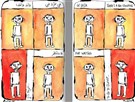It is quite easy to see a woman naked. In fact, naked women are always only an internet search, an art gallery, a television show, or film away. The semi-naked, alluring female form is even more pervasive. These images stare at us from billboards, music videos, and television advertisements asking us with their flesh and their “fuck me” expressions to buy more and more things. Yes, images of naked women and/or semi-nude women are everywhere, including in the Arab world. They are meant to be consumed. But an image of a twenty-year-old university student nakedly staring down a self-timed camera with her legs spread incited death threats this past week in Cairo. After Magda Alia al-Mahdy circulated her photo on her blog, both conservatives and liberals attacked her for her immorality. While Islamists and other conservative socio-political groups have gone as far as to call her a “devil,” the liberal left has publicly disowned her, stating that they do not accept “atheists” in their movement. In private, many of the left-of-left Egyptian activists claim that Alia has committed a strategic crime that could potentially set the women`s rights movement back years, if not decades. While this last claim may be true, I would like to question what exactly it is that makes Alia`s self portrait so threatening, not just to the moral fabric of a largely Muslim society, but also to the ways in which female bodies are a site of political control and of capitalist consumption.
The idea that female bodies are sacrosanct, and that somehow they are “protected” from overt sexualization in Egypt is false. Contrary to what many of Alia’s detractors and what many commentators on the Arab world have said, female bodies have long been the site of struggle, interrogation, harassment, and commodification throughout the region. In particular, Cairo is famous for being the premiere public ass-pinching, breast-grabbing, and body-rubbing capital of the Arab world. The fact is that a woman (unveiled or not) cannot walk down a crowded Cairene street or take a public bus without expecting, and thus constantly guarding herself against, sexual harassment. In recent months, females involved in protests at Tahrir Square were subjected to “virginity tests” by the military junta. These women were violated in order to ascertain whether they had engaged in consensual sexual activities. Of course, the real point of these virginity tests is not to actually see if someone is a virgin. The point is to humiliate, threaten, and to demonstrate and reassert control over a body and through that individual body, the body public and the notion of “public morality.” The point is to terrorize, and the aim of terrorism is always to instill fear (and hope that that fear will incite self-policing) in a civilian population. Sex as terror has been used in Abu-Ghraib, at Guantanamo Bay, in Saddam Hussein`s Iraq, in Libya, in the Democratic Republic of Congo, Argentina, and in U.S.-occupied Afghanistan. When it comes to female and non-normatively gendered male bodies, physical violation is commonplace not only in police cells in the Arab world, but in jails across the world. These violations are always public (even in the insidious form of the public secret), because the point is to demonstrate the impunity with which these citizens’ bodies can be violated by foreign and local powers
Of course, the female body is not only a site of political control and the regulation of patriarchal public morality. It is also a primary vehicle for making money. The horizontal and vertical cavalcade of visual imagery and signage that is ubiquitous throughout the city will have awed anyone who has been to Cairo. In Cairo and in Beirut, the little sister with a Napoleon complex, the public display of the sexualized female body is everywhere. Women in various stages of undress writhe and pose in film posters, advertisements, and publicity campaigns for female pop stars.
.jpg)
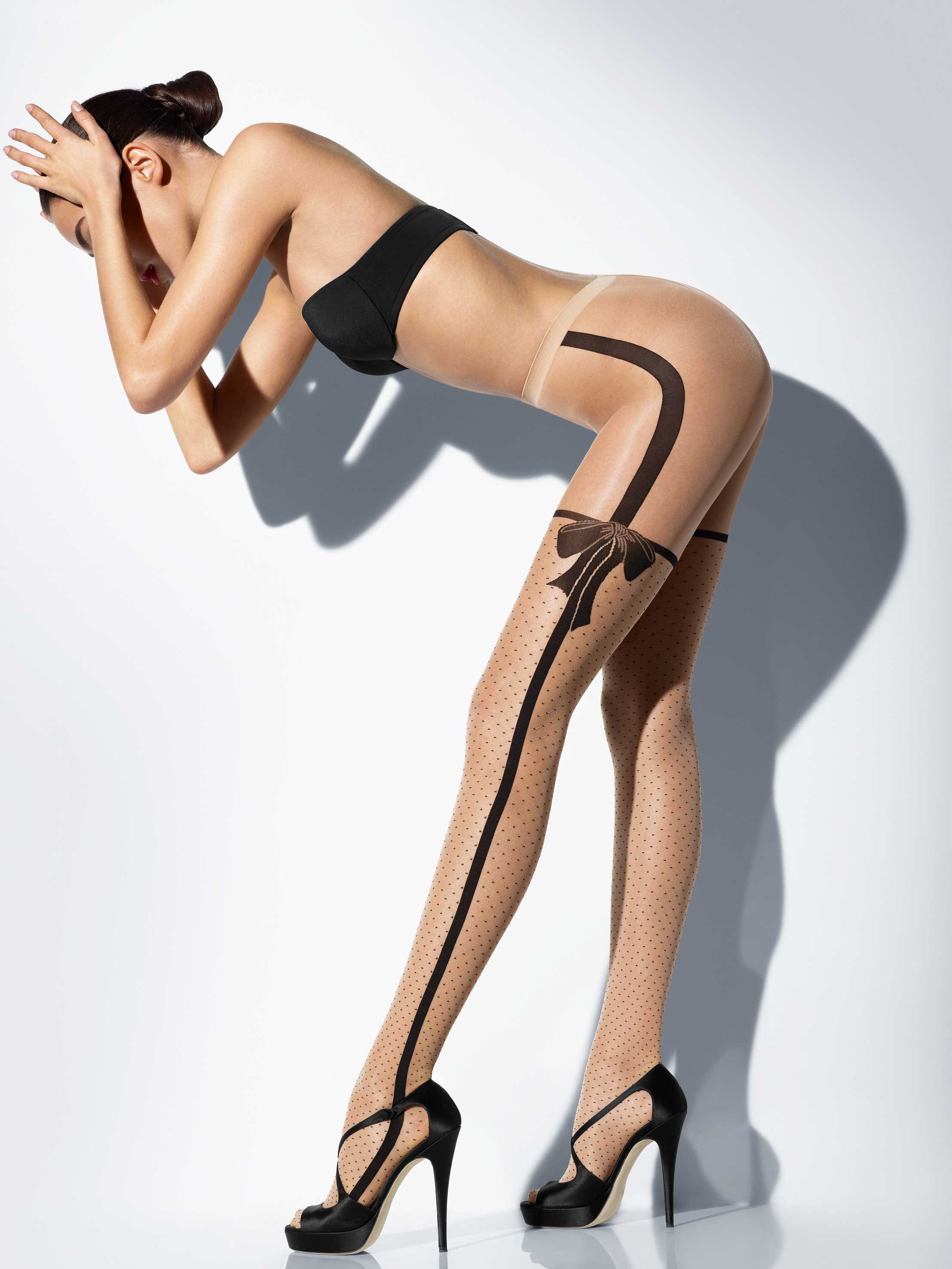
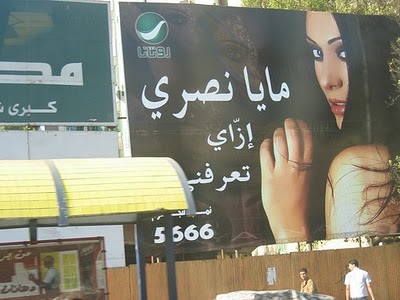
[Advertisements for lingerie in Beirut, celebrity billboard in Cairo]
In these images, the point is to titillate the viewer. More crudely put, these images hope to make the viewer/consumer think about sex and/or about what it means to be “sexy.” The trend is even more extreme in music videos, where women in various stages of undress slink up and down poles, swing around in slings, and are doused in water as if it were some sexy form of water-boarding. The three videos below are only representative of the fact that in many of these videos, it is unclear what exactly is the product; the music or the body. Two of the videos feature non-Egyptian singers “singing” in an Egyptian accent, signaling the fact that these videos, and this music, will sink or swim based on how it “performs” on the Egyptian market, the largest in the Arab world.
[Above: The singer Maria demonstrates how to lick different objects and insert others in your mouth. She then lays naked in a tub full of milk. Then cereal is dumped all over her, just in case you forgot that she is there for your consumption.]
[Above: Haifa Wehbe stars in a peep show. Slings and striptease are involved.]
[Above: Joe Ashkar is always "mhaypar," a word not accidently close to "mhayyaj," Lebanese parlance for "horny." Lesbianism and group sex is insituated. Everybody gets wet.]
Before we condemn or praise Alia`s decision to take a naked picture of herself and circulate it as either revolutionary or not we must understand the context in which her statement was made. It is not a context where the nude female form is foreign, and it is not a context where people don`t talk about sex. In fact, sex is at the center of much public anxiety and government policy. This is not surprising, given that at times of great social upheaval, much of a public`s anxieties about political change are fought on the terrain of sex and gender roles. But it is surprising that an adult woman`s decision to take a nude picture of herself and publish it on her blog has created more controversy across the political spectrum than the fact that Egyptian soldiers were administering “virginity tests” on and in female protestors. It is less surprising that a photo meant to challenge, not titillate the viewer, has inspired more rage than film posters that pose a naked woman trying to escape the strategically placed grasps of a man, who is posed as a would-be rapist.
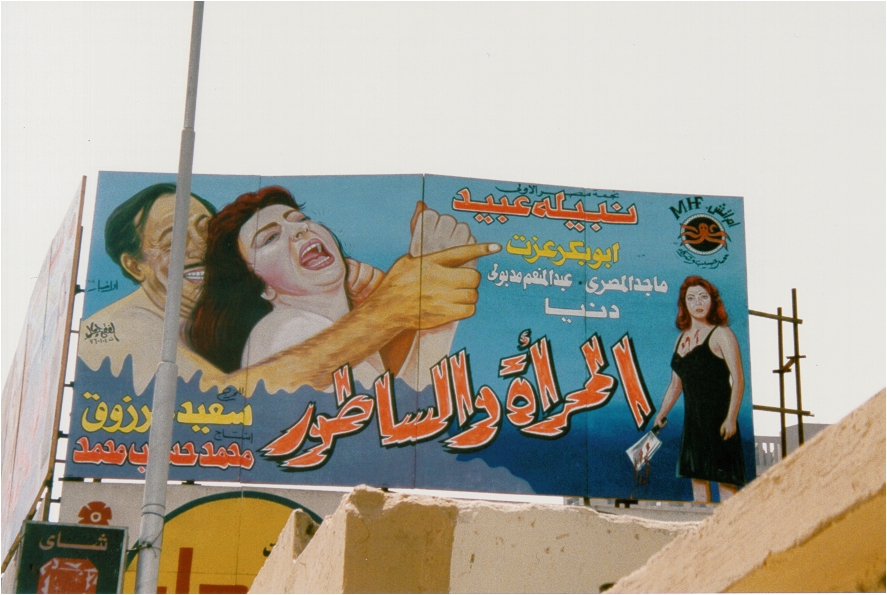

[Left: movie poster in Cairo. Right: Magda Alia al-Mahdy in her bathtub.]
On her Blog Magda posted this commentary under her now infamous full frontal photo.
Put on trial the artists` models who posed nude for art schools until the early 70s, hide the art books and destroy the nude statues of antiquity, then undress and stand before a mirror and burn your bodies that you despise to forever rid yourselves of your sexual hangups before you direct your humiliation and chauvinism and dare to try to deny me my freedom of expression.
Alia`s picture does not play by the rules, and this is why both liberals and Islamists have condemned her. She is not “waiting” for the “right moment” to bring up bodily rights and sexual rights in post-Mubarak Egypt. She is not playing nice with the patriarchal power structures in Egypt. She is not waiting her turn. Her mouth is not open and pouting. Her breasts are not large. Her eyes are not hungry or afraid. She is not wearing high heels. Her vagina is uncovered. She is not selling anything, and she is not trying to turn us on. Her use of fishnet stockings appears to be a commentary on the clichés of commodified seduction. Her nudity is not about sex, but it aims to reinvigorate a conversation about the politics of sex and the uneven ways it is articulated across the fields of gender, capital, and control. She is staring back at us, daring us to look at her and to not turn away. Daring us to have this debate.

![[Magda Alia al-Mahdy; Self Portrait]](https://kms.jadaliyya.com/Images/357x383xo/aliafull.jpg)
